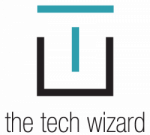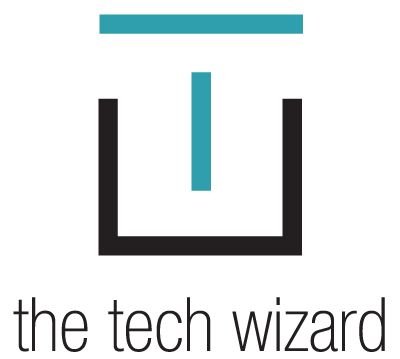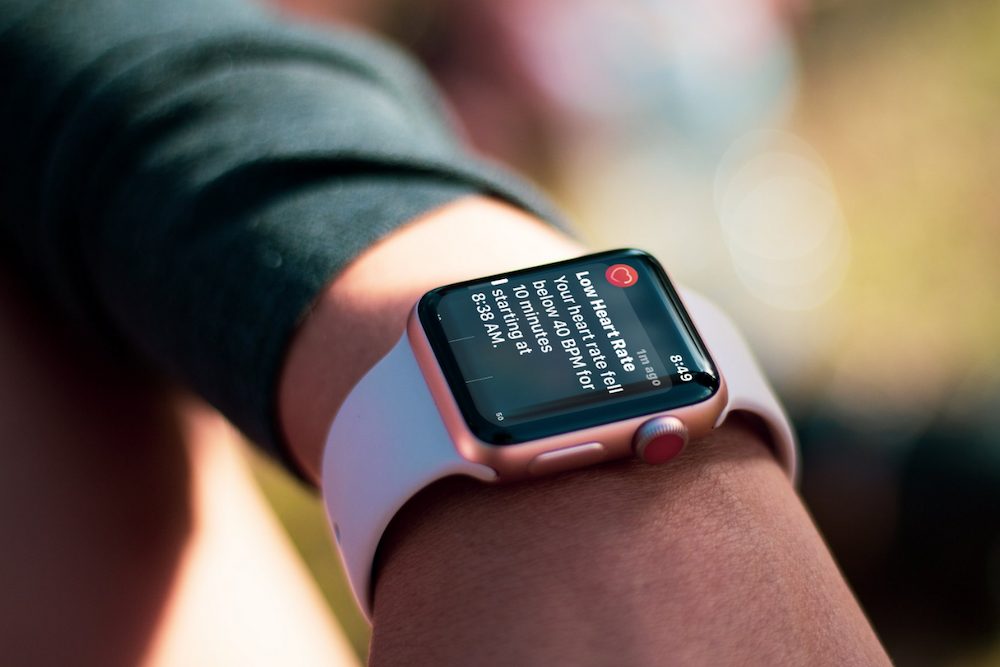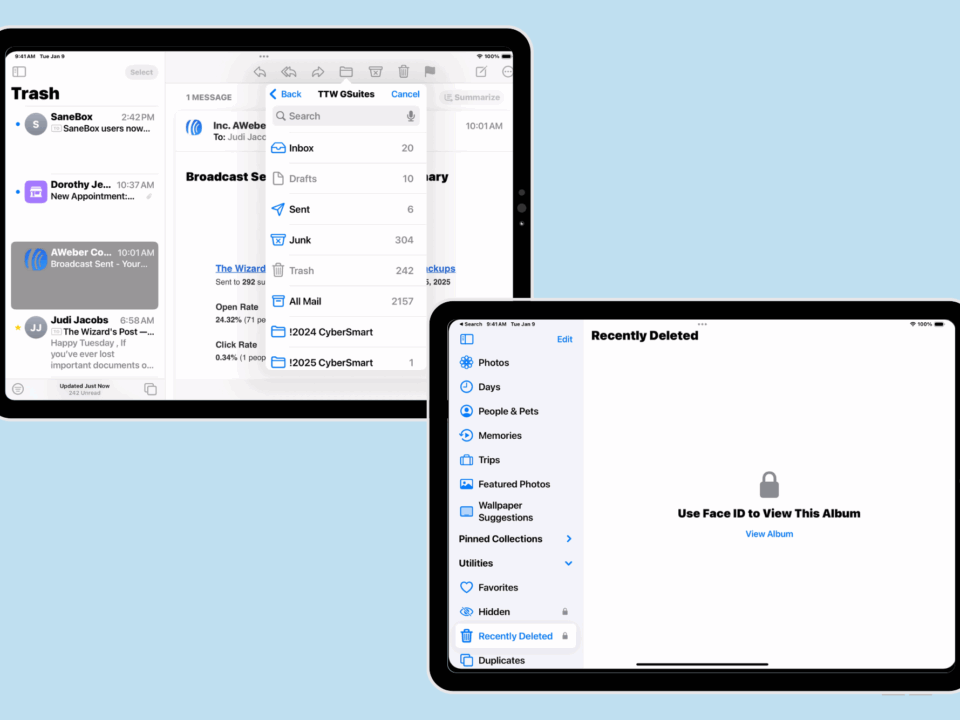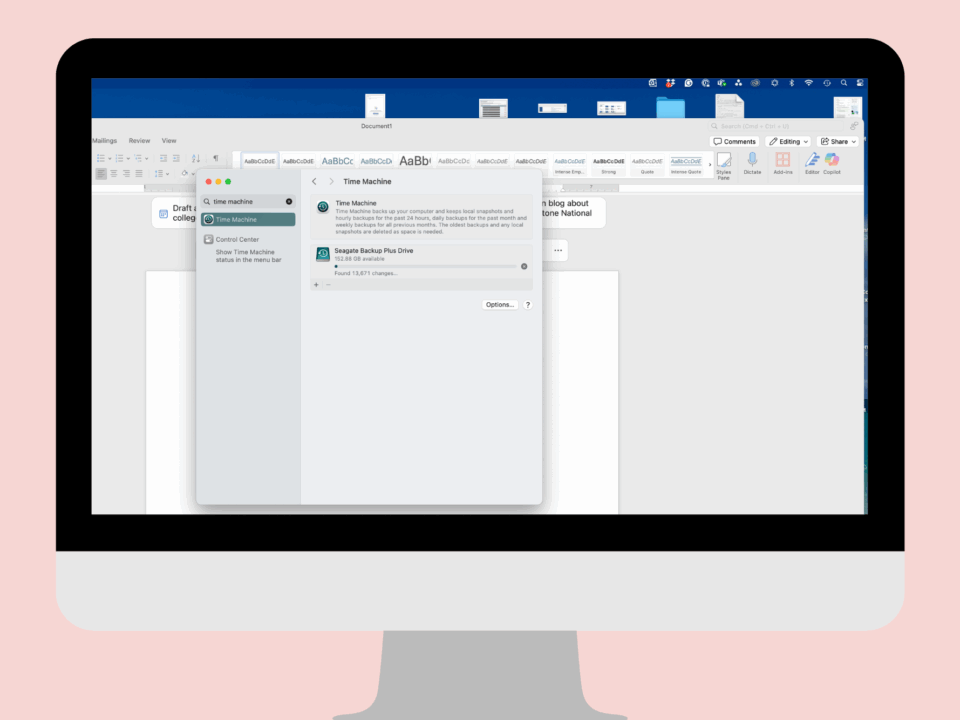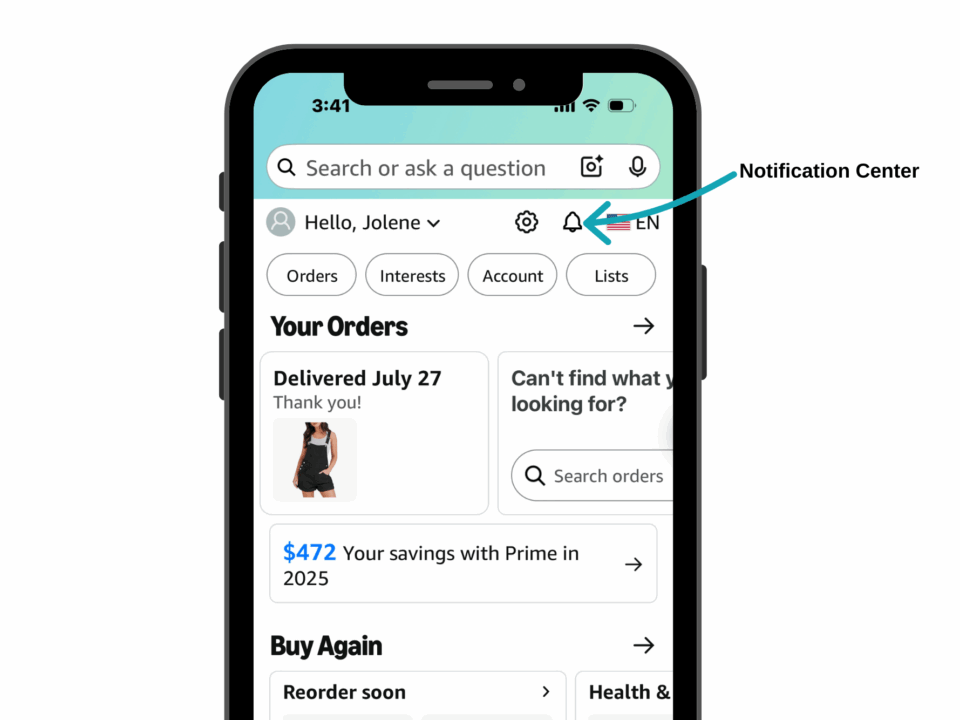
Ways to Overcome Your Fear of Technology
August 25, 2021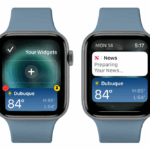
Make Your Apple Watch Work Smarter with Smart Stacks
July 17, 2025I never thought I’d be the one writing a “my smartwatch saved my life” story. As someone who teaches technology for a living and has volunteered at the Culver City Senior Center for nearly fifteen years, I’ve always been the one telling these stories about others. Today—on my birthday, no less—I’m sharing how an Apple Watch alert led to a pacemaker that’s allowing me to celebrate another trip around the sun.
The Safety Net I Recommended to Everyone Else
For years, I’ve advocated for Apple Watches, especially for elderly clients and concerned family members. I’ve collected countless stories of fall detection alerts summoning help after accidents, crash notifications bringing emergency services to collision scenes, and irregular heartbeat warnings leading to life-saving AFib diagnoses.
I wore mine for entirely different reasons—the convenience of leaving my phone behind, detailed workout metrics, and seamless blood sugar monitoring. Those emergency features? They were for other people. Or so I thought.
From Breakfast to Emergency Room
Last week, while preparing a simple breakfast, the room began to spin. Dismissing it as dehydration, I sat down to recover. Within hours, my Apple Watch vibrated with an alert I’d never seen before: “Your heart rate appears to be below 40 BPM.”
Surely a malfunction, I thought. I removed the watch, restarted it, and tried again. The second alert came. Then a third. By the fourth alert—each accompanied by an alarming EKG reading—I reluctantly captured screenshots to show my doctor.
For three days, I continued receiving these warnings. My energy plummeted. Simple tasks left me breathless. Still, I hesitated to “overreact.” It wasn’t until my seventh alert, when my heart rate dropped to 32 BPM, that I finally called my doctor.
Hours later, I was in an ambulance.
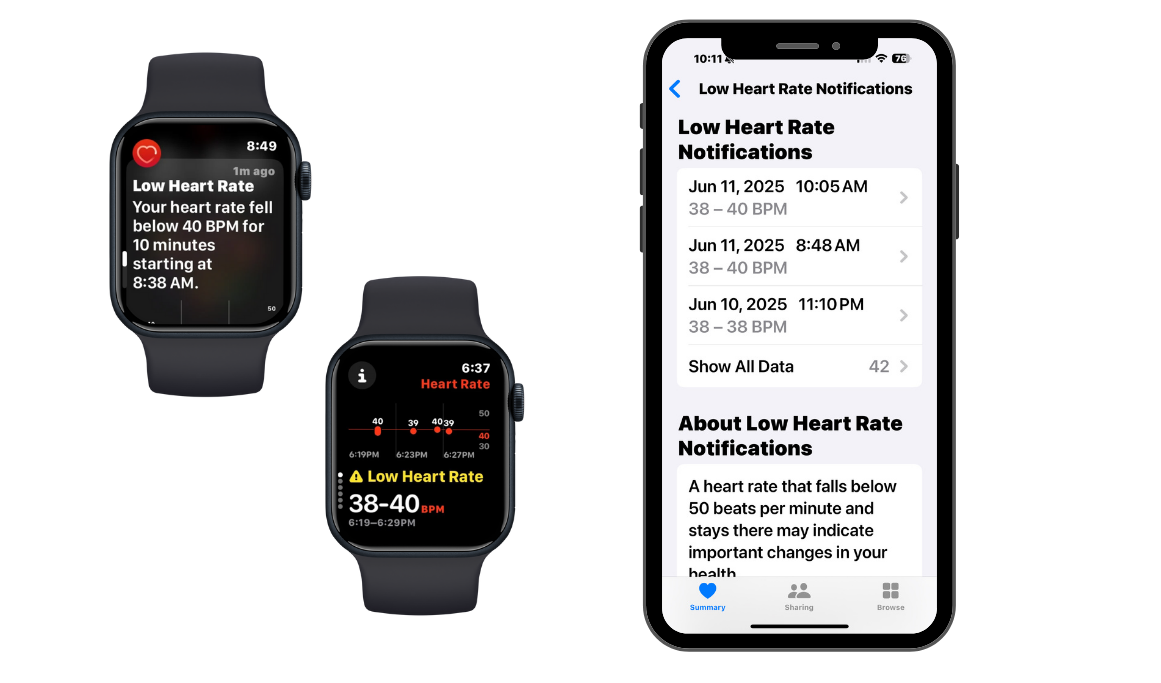
“Complete Heart Block”
The cardiologist’s diagnosis was immediate and serious: complete heart block—a critical electrical failure preventing proper communication between the upper and lower chambers of my heart. For context, a normal resting heart rate typically ranges from 60-100 BPM. Mine was hovering in the 30s.
“This is unusual for someone your age with no history of cardiac issues,” the doctor explained. “Without a viral illness, Lyme disease, or electrolyte imbalances as triggers, this won’t correct itself.”
Within 48 hours of admission, surgeons implanted a permanent pacemaker in my chest—a device that will now ensure my heart maintains a life-sustaining rhythm.
The Data That Made the Difference
What strikes me most is how easily I might have ignored my symptoms. Dizziness? Probably dehydration. Fatigue? Just working too hard. Shortness of breath? Perhaps I’m out of shape.
But numbers don’t lie. When my watch showed “32 BPM” with accompanying EKG patterns, it provided objective evidence I couldn’t rationalize away. When I finally sought help, those screenshots and readings helped my medical team diagnose me quickly, potentially preventing a catastrophic cardiac event.
Recovery and Reflection
Two weeks into recovery, I’m reconciling the person I was—active, independent, seemingly invincible—with my new reality of cardiac checkups and a device in my chest. Each twinge and sensation near my pacemaker reminds me how quickly life can change.
Yet today, as I celebrate my birthday, I’m overwhelmed with gratitude. This birthday might not have happened without a persistent alert from a device I wore primarily for convenience.
Beyond the Apple Ecosystem
While my experience was with an Apple Watch Series 8, similar health monitoring features exist across many wearable platforms. Devices from Fitbit, Samsung, Garmin, and others offer various heart monitoring capabilities that could provide similar early warnings.
These tools are particularly valuable for:
• Seniors living independently
• People with family histories of heart conditions
• Those with chronic health conditions
• Anyone who lives alone
• Active individuals who might attribute symptoms to exertion
Apple Watch Features We Hope Never to Use
My relationship with technology has fundamentally changed. The features I used daily—messaging, fitness tracking, weather updates—weren’t what ultimately mattered. Instead, it was the background health monitoring I rarely acknowledged that became my silent guardian.
As wearable technology continues evolving, it’s redefining preventative healthcare. These devices don’t replace medical professionals, but they can provide crucial early warnings and data that might otherwise go unnoticed until it’s too late.
If you can afford a smartwatch with health monitoring capabilities, I urge you to consider it—not just for step counting or message notifications, but for the potentially life-saving safety net it provides. We never know when technology might transition from a luxury to a necessity.
Sometimes the most valuable features are those we hope never to use. In my case, a simple heart rate alert meant the difference between celebrating another birthday and not being here at all.
